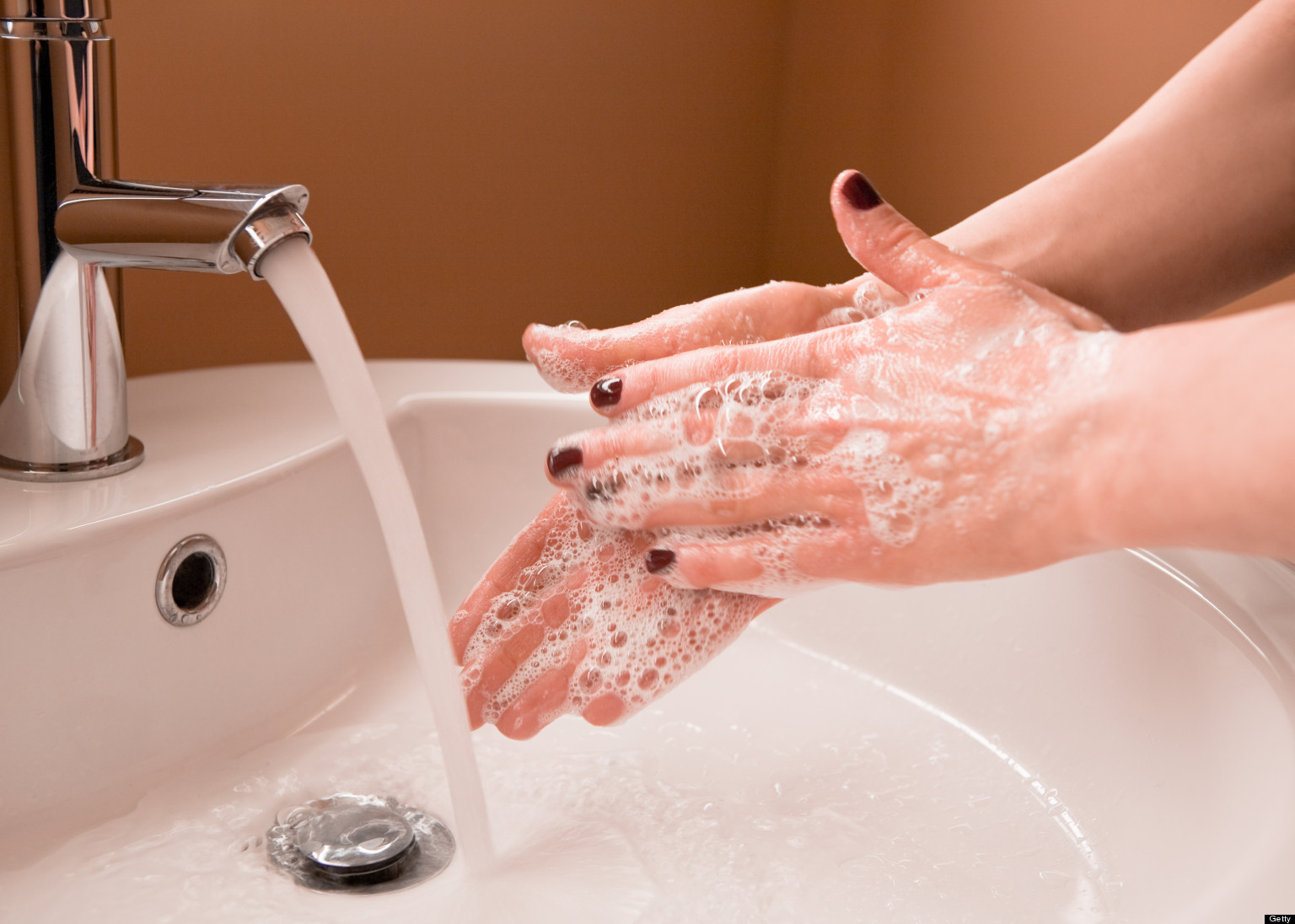The Illness in our Pockets; Cellphones and the Spread of Disease.
Think of your daily morning routine. You wake up, shower, get dressed, eat, gather your belongings, and make your way out the door to work or wherever the day takes you. Most everyone has a mental checklist of the items we can’t forget in order to function properly throughout the day. I can’t speak for everyone, but most of our lists follow these general guidelines; “Phone, keys, wallet, beverage of choice.” Sound familiar?
Everyone has their own priorities for what they deem necessary, but I know for myself and a new generation of smart phone addicts that spend an average of 3,184 hours a year perusing the web, my device is at the top of the list for a reason. Without it I am disconnected from many of the sources that provide me with information, entertainment and, most importantly, communication with my family. But what should be higher on my list of things to bring with me through the day is something that isn’t even on my radar, something that most of us don’t even think of. Disinfectant wipes for our phones.
Since the dawn of the age of the smart phone there has been question of the contamination risk associated with this new object that follows us everywhere we go. Our devices come with us to places where bacteria are prevalent and disease lingers on every handle. One study found that there are roughly 25,000 germs on one square inch of our phones surface. This number makes our smart phones the number one contamination risk that we come in contact with, even more so than the toilet seat, our kitchen counter, doorknobs, and even our dog food bowl.
In a study conducted in 2009, 400 samples were taken off the cell phones of workers in several different types of industry including food workers, health workers, students, and public servants. Of the 400 samples the results revealed that (62.0%) of the samples revealed a high percentage of bacterial contamination. Caoagulase negative Staphylococcus, Staphylococcus aureus, and Enterococcus feacalis were a few of the bacteria found on the surfaces of the phones.
To help ease your mind and direct this article to a more positive place, here’s how you can take measures to help prevent the spread of disease without getting rid of your cellphone entirely and living a life off the grid.
#1. Wash your hands, the right way.
The effects of proper hand hygiene can be easily found with a number of varied google searches. Clean hands lead to a cleaner life and most of us will swear by our own methods. If hand washing  has fallen down the list of priorities over the years or if you do not work in a medical facility, here is a friendly reminder from the CDC on proper hand washing technique.
has fallen down the list of priorities over the years or if you do not work in a medical facility, here is a friendly reminder from the CDC on proper hand washing technique.
- Wet your hands with clean, running water (warm or cold), turn off the tap, and apply soap.
- Lather your hands by rubbing them together with the soap. Be sure to lather the backs of your hands, between your fingers, and under your nails.
- Scrub your hands for at least 20 seconds. Need a timer? Hum the “Happy Birthday” song from beginning to end twice.
- Rinse your hands well under clean, running water.
- Dry your hands using a clean towel or air dry them.
#2. Wash your phone, often.
 NO, THAT'S NOT WHAT WE MEANT!
NO, THAT'S NOT WHAT WE MEANT!Okay, maybe don’t dunk your phone into hot water and scrub it like a dish, but find a technique that works for you. Our phones should be cleaned once a day or once a week minimum. However, it is a bit difficult to track down the proper way to disinfect your device. There are several methods out there that offer a non-corrosive, non-toxic method to getting the possibly dangerous pathogens out of your daily conversations. Most cell phone providers do not promote any particular brand or product, but will provide you with a list of dangerous chemicals or products that can harm the integrity of your screen. Do your research and find a product that works for you and your family.
As we dive further into the age of the smart phone let us be thankful for the pursuit of scientists around the world working tirelessly to find trends in the spread of disease. We can play our part in helping to prevent infection by taking simple and timeless steps in our own personal and technological hygiene. These simple reminders will, hopefully, send up red flags when we carelessly wipe away the grease and oils from the surfaces of our devices with the fronts of our shirts and pant legs. Hopefully we can heed these warnings and properly care for our devices and, ultimately, avoid preventable illness in our lives and the lives of the ones we love.
Sources:
MirSadat-AliFRCS, PhDaAmmar K.Al-OmranMDaQuamarAzamMBBS, MSaHudaBukariMDbAlHussain J.Al-ZahraniMD, PhDcRasha A.Al-TurkiBSNdAbdallah S.Al-OmranMBBS, SSCa
https://www.ncbi.nlm.nih.gov/pubmed/19801807
https://www.cdc.gov/handwashing/when-how-handwashing.html







